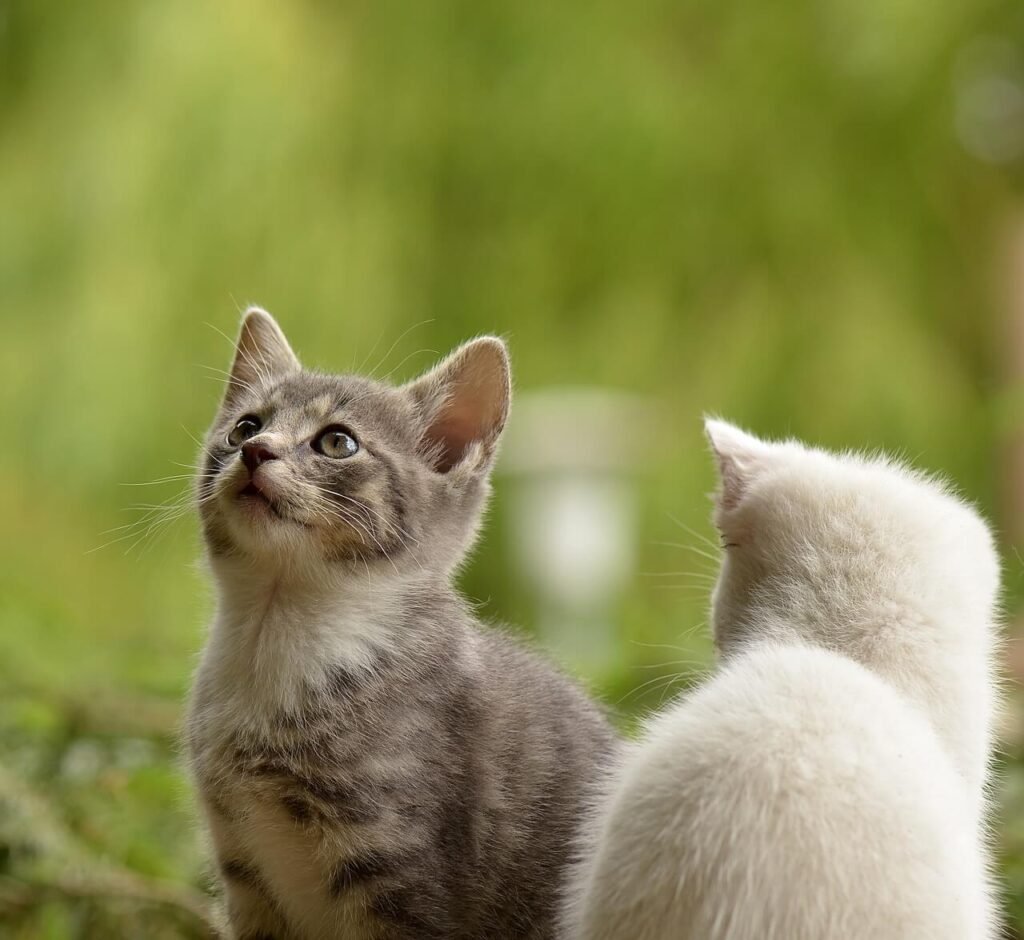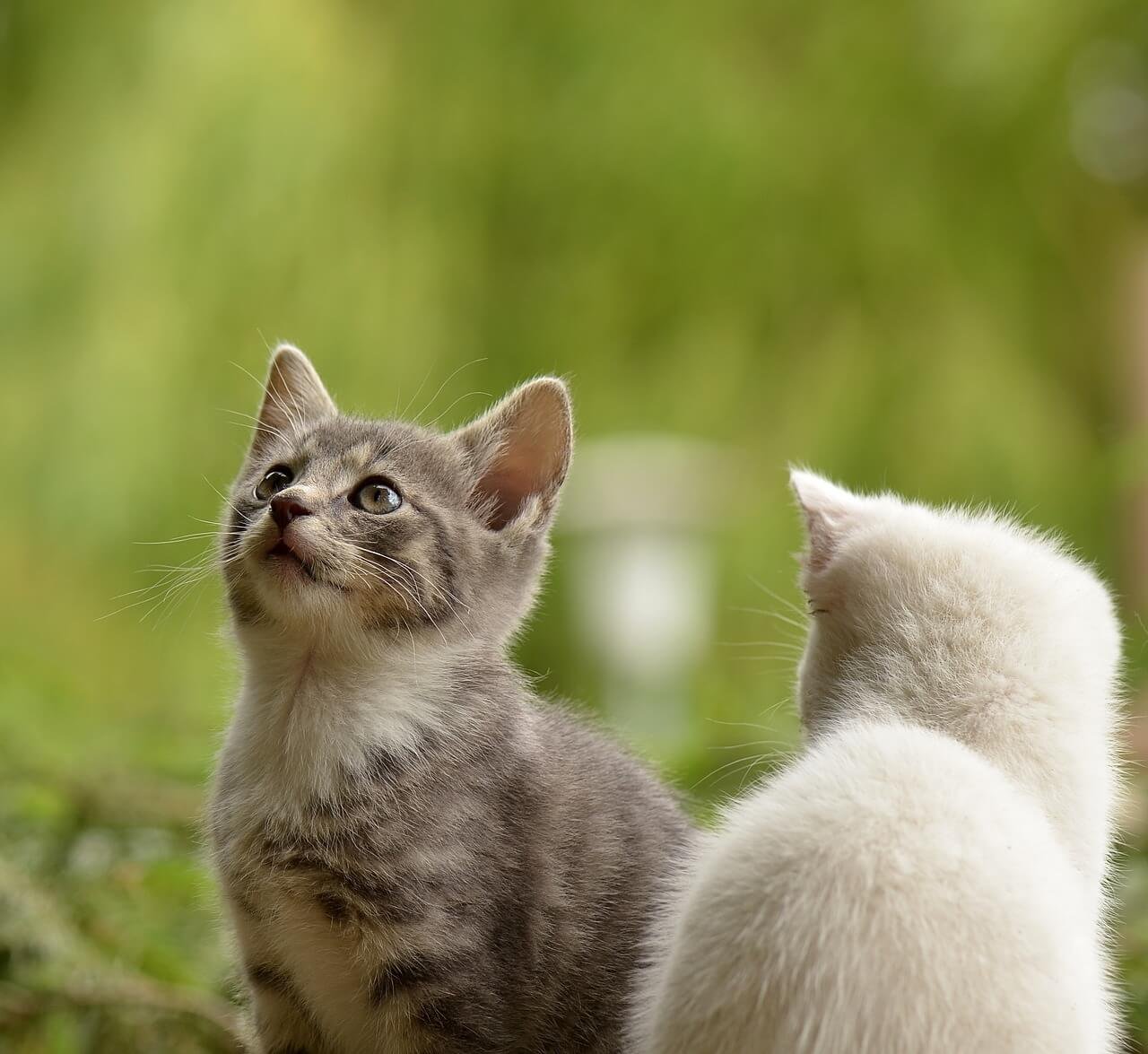Cat Laxatives: What You Need to Know
Constipation in cats is more common than many pet owners realize, and it can cause significant discomfort for your feline friend. While occasional constipation may resolve on its own, persistent issues often require intervention, including the use of cat laxatives. These products are designed to gently stimulate bowel movements and help relieve your cat’s discomfort. However, understanding how to safely use cat laxatives—and when to seek veterinary advice—is essential for ensuring your cat’s health and well-being. In this guide, we’ll explore everything you need to know about cat laxatives, from their benefits to proper usage and alternatives.
Types of Cat Laxatives and How They Work
Cat laxatives come in various forms, each designed to address constipation in a specific way. Understanding the differences between these options can help you choose the most suitable solution for your cat’s needs.
Lubricant Laxatives (e.g., Petroleum Jelly):
These products coat the digestive tract, making it easier for stool to pass through. They’re gentle and often recommended for mild cases of constipation.Osmotic Laxatives:
Osmotic laxatives draw water into the intestines, softening the stool and encouraging natural bowel movements. They’re effective but should be used under veterinary guidance.Stimulant Laxatives:
These work by stimulating the intestinal muscles to contract, promoting faster movement of stool. They’re typically reserved for severe cases due to their potency.Bulk-Forming Laxatives:
Made from fiber-rich ingredients, these laxatives add bulk to the stool, helping it move more easily through the digestive system.Enemas:
Administered rectally, enemas provide immediate relief by softening and expelling impacted stool. This method should only be performed by a veterinarian.
Each type of laxative has its own benefits and limitations, so consulting your vet is crucial before starting any treatment.

Signs Your Cat May Need a Laxative
Recognizing the signs of constipation early can prevent complications and ensure your cat receives timely care. Look out for these symptoms that indicate your cat might benefit from a laxative.
Straining During Bowel Movements:
If your cat spends excessive time in the litter box without producing stool, it could signal constipation.Small, Hard Stools:
Hard or pellet-like stools are a clear sign that your cat is struggling to pass waste comfortably.Loss of Appetite:
Cats with constipation often lose interest in food due to abdominal discomfort.Vomiting or Lethargy:
Severe constipation can lead to vomiting or unusual tiredness, indicating the need for urgent care.Frequent Visits to the Litter Box:
Repeated trips to the litter box without results suggest your cat is unable to relieve themselves.
Identifying these signs early allows you to address constipation before it becomes a more serious issue.
Check this guide 👉Understanding the Cat Sleep Cycle: Best 7 Expert Tips!
Check this guide 👉Why Is My Cat Sleeping So Much? Best 7 Expert Tips!
Check this guide 👉Why Does My Cat Sleep Between Me and My Husband? Best 7 Tips
Common Causes of Constipation in Cats | Ways to Prevent Constipation |
|---|---|
Dehydration | Ensure constant access to fresh water |
Lack of Fiber in Diet | Incorporate fiber-rich foods or supplements |
Hairballs | Regular grooming to reduce hair ingestion |
Sedentary Lifestyle | Encourage play and physical activity |
Underlying Health Conditions | Schedule regular vet check-ups |
How to Safely Administer Cat Laxatives
Administering a laxative to your cat requires care and precision to ensure their safety and comfort. Follow these steps to make the process as smooth as possible.
Consult Your Veterinarian First:
Always seek professional advice before giving your cat any medication, including over-the-counter laxatives.Choose the Right Form:
Depending on your cat’s condition, your vet may recommend oral gels, pastes, or other formulations that suit their needs.Follow Dosage Instructions Carefully:
Overdosing can lead to diarrhea or dehydration, so stick to the prescribed amount.Create a Calm Environment:
Administer the laxative in a quiet space where your cat feels safe and relaxed.Monitor Your Cat’s Response:
Observe your cat closely after administration to ensure they respond positively and don’t experience adverse effects.
Proper administration ensures your cat receives the full benefits of the laxative while minimizing potential risks.
Natural Alternatives to Cat Laxatives
If you prefer a more holistic approach, there are several natural remedies that can help alleviate constipation in cats. These alternatives are gentle and often easy to incorporate into your cat’s routine.
Pumpkin Puree:
Rich in fiber, plain pumpkin puree can soften stool and promote healthy digestion. Avoid pumpkin pie filling, which contains added sugars and spices.Hydration Through Wet Food:
Feeding your cat wet food increases their water intake, helping to prevent dehydration-related constipation.Hairball Remedies:
Products designed to reduce hairballs can also aid digestion and prevent blockages.Probiotics for Cats:
Probiotics support gut health and improve digestion, reducing the likelihood of constipation.Regular Grooming:
Removing loose fur through brushing prevents hair ingestion, which can contribute to constipation.
These natural solutions can complement or even replace traditional laxatives, depending on your cat’s needs.
Common Mistakes to Avoid When Using Cat Laxatives
While cat laxatives can be highly effective, mistakes during administration can lead to complications or ineffective treatment. Avoid these common errors to ensure your cat’s safety.
Skipping Veterinary Advice:
Self-diagnosing and treating without professional input can result in improper dosing or overlooking underlying conditions.Overusing Laxatives:
Frequent use can disrupt your cat’s natural bowel function and lead to dependency.Ignoring Hydration Needs:
Failing to provide adequate water reduces the effectiveness of laxatives and worsens constipation.Forcing Administration Incorrectly:
Forcing a cat to swallow a laxative improperly can cause choking or injury. Use gentle methods instead.Using Expired Products:
Expired laxatives may lose potency or become harmful. Always check expiration dates before use.
Avoiding these mistakes ensures your cat receives safe and effective treatment.
Signs That Your Cat’s Constipation Is Improving
After administering a laxative, it’s important to monitor your cat for signs of improvement. These indicators confirm that the treatment is working as intended.
Regular Bowel Movements:
Soft, normal stools appearing consistently in the litter box signal progress.Increased Energy Levels:
A cat feeling better will likely resume playful behaviors and show renewed enthusiasm.Improved Appetite:
Returning to their usual eating habits reflects relief from abdominal discomfort.Reduced Straining:
Less time spent in the litter box indicates easier passage of stool.No Vomiting or Lethargy:
Absence of these symptoms suggests your cat is recovering well.
Tracking these signs helps you gauge the success of the treatment and adjust as needed.
Long-Term Strategies for Managing Constipation
Preventing constipation in the long term requires proactive measures to maintain your cat’s digestive health. Here are some strategies to consider.
Schedule Routine Vet Check-Ups:
Regular exams help detect and address underlying issues before they lead to constipation.Maintain a Balanced Diet:
High-quality, fiber-rich food supports healthy digestion and prevents blockages.Encourage Active Play:
Physical activity stimulates the digestive system and promotes regular bowel movements.Provide Fresh Water Daily:
Keeping your cat hydrated is critical for preventing dry, hard stools.Monitor for Behavioral Changes:
Early detection of changes in litter box habits allows for prompt intervention.
By implementing these strategies, you can minimize the risk of constipation and ensure your cat remains healthy and comfortable.
Frequently Asked Questions About Cat Laxatives
Are cat laxatives safe for long-term use?
Long-term use should only occur under veterinary supervision, as overuse can lead to dependency or other health issues.
Can I give my cat human laxatives?
No, human laxatives are not safe for cats and can cause serious harm. Always use products specifically designed for felines.
How quickly do cat laxatives work?
The timeframe varies depending on the type of laxative, but most begin working within a few hours to a day.
What are the signs of constipation in cats?
Look for straining during bowel movements, infrequent stools, vomiting, or lethargy.
Can diet alone resolve constipation?
In mild cases, dietary adjustments may suffice, but persistent issues often require additional intervention.
Prioritizing Your Cat’s Digestive Health
Constipation in cats is an uncomfortable but manageable issue, especially when addressed promptly and effectively. Whether you opt for cat laxatives, natural remedies, or preventive measures, prioritizing your cat’s digestive health ensures their overall well-being. By staying informed, consulting your veterinarian, and monitoring your cat’s behavior, you can keep their digestive system functioning smoothly. Remember, a happy cat is one that feels comfortable and cared for—starting with a healthy gut.
Understanding Cryptosporidium in Cats: Best 7 Expert Tips! – Spot symptoms, treat safely, and stop parasite spread in your home.
Understanding Cryptosporidium in Dogs: Best 7 Expert Tips! – Learn symptoms, treatment & prevention for this stubborn gut parasite.
Understanding Syringomyelia in Cats: Best 7 Expert Tips! – Recognize signs, manage pain, and support your cat’s neurological health with vet-backed guidance.
Understanding Syringomyelia in Dogs: Best 7 Expert Tips! – Expert insights on symptoms, MRI diagnosis, pain management & quality of life.





